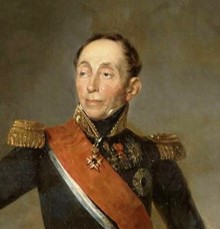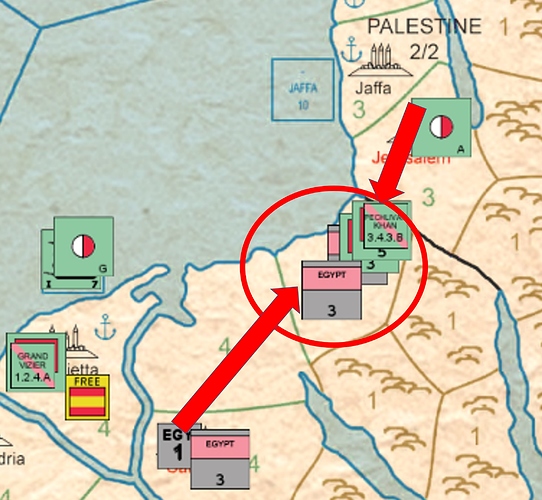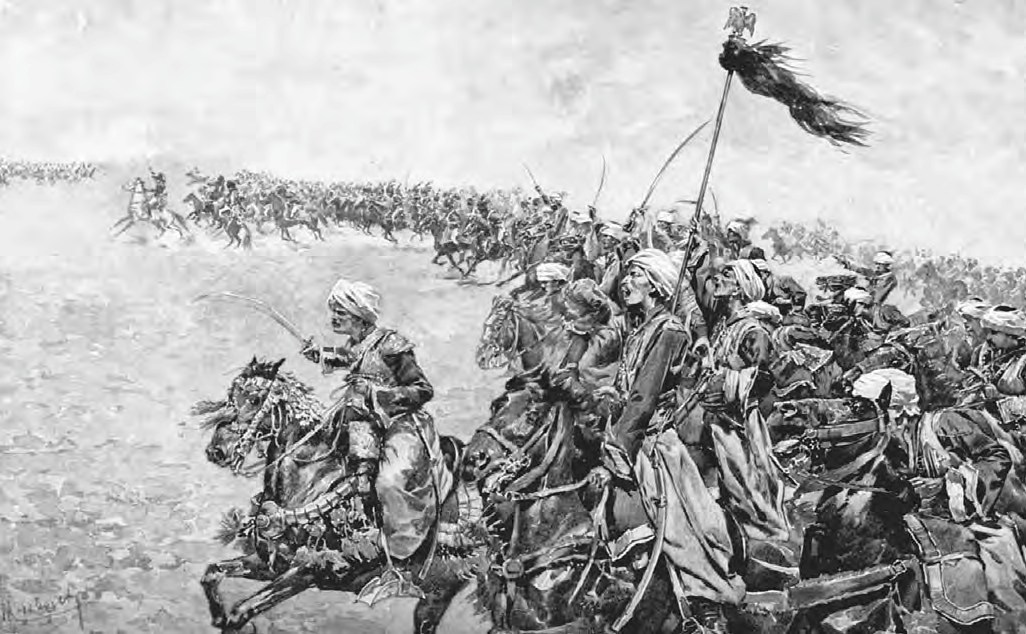The Battle of el Arīsh (معركة العريش), January 19, 1805
Part One - The Setting and Forces
“What men call sovereignty is a worldly strife and constant war.”
“No Arab loves the desert. We love water and green trees, there is nothing in the desert. No man needs nothing.”
— Faisal I bin Hussein bin Ali al-Hashemi
“Pehlivan İbrahim Ağa (Pechlivan Khan) had been sent to the Damascus Eyalet by the Grand Vizier from the Silestra Eyalet, leaving Kushanz Ali in command there. Not a Khan or a Pasha, Pehlivan was a Turk, who had climbed his way to the rank of Mîr-i alay through hard work and merit in the Janissaries, not being a member of any of the Albanian or Rumelian cliques. While of low rank, the Vizier had spotted his talent thirteen years earlier in the War against the Austrians, before he was called to serve the Sultan, and had his life saved by him outside of Belgrade. He never forgot and arranged for several promotions and appointments to important garrisons and assignments, though limited due to his lack of influence within the Janissaries.
But the Sultan’s determination to undo the damage caused by the disintegration of Ottoman authority in Egypt following the French Invasion, gave both the Vizier an opportunity to solidify his position and to develop and enhance the prestige of a qualified, professional young protege. Egypt was spinning out of control, the seizure of power by Tahir Pasha and his flirtations with foreign powers as he and his rebellious troops seek to emulate the Mamalukes thirty years before could make a separation from the Sublime Porte permanent.
Arriving in Jaffa, he met the waiting I Janissary Corps and a Mounted orta in the Imperial Cavalry. After a week of study, the march was planned and undertaken, pre-coordinated with the Vizier. He would march along the coast to the Nile, then march south and secure Cairo. The Vizier would land at Damietta as a precautionary measure should Tahir Pasha move first.
Tahir Pasha did. The Vizier landed unopposed, but too soon. This led to suspicions in Cairo of a more determined move against the new regime by the Blind Pasha. The Spanish Advisors, upon hearing reports of a force gathering in Jaffa, recommended that Tahir Pasha move forward to the Sinai and defeat the force in the desert there where Tahir’s Bashi-Bazouks could harass and surprise the more regular Janissary formations in unfamiliar terrain. He left Cairo and ultimately established a forward position near the ruins of the fortifications at El Arish. His intention was to send a force South through a part of the Negev and ambush the Ottoman forces as they reached Rafah, attacking headlong on the coast from the West and the flanking cohort from the Southeast against the enemy approaching via inland trails through Ain Habosour.
But this was not to be. On January 18, 1805, in the evening, scouts reported to Tahir Pasha at his tent in the ruined fortifications near El Arish, that the Ottomans were a league away. Pechlivan had stolen a march on him. There was nothing to do but prepare a line for the next day.
Pechlivan, in the meantime was in council with his officers. In his mind, the best course was to attack at dawn, solidly but carefully, approaching while bringing fire with an eye to enveloping the flanks of the enemy. This would allow the superior training and discipline of his troops to break the Albanian rabble, while minimalizing his own casualties. Hopefully."
To Reclaim a Birthright: Ottoman Expansionism in North Africa, 1805-1815, Chapter 2: Pehlivan İbrahim Ağa’s Advance, p.1-4
Dr. Bernard Leatherduster, University of Angora Press, 1983.
The sun rises, early and hot on the morning of January 19, 1805. The sun is the hammer and you are the anvil.

Forces
Turkish (@Panzeh)
Key Leader and Commander Pechlivan Khan 3.4.3 B
I Janissary Corps with 14 Infantry and 2 Cavalry, all have 3.0 Morale
Imperial Cavalry Corps with 1 Cavalry, has a 3 morale
Syrian Corps with 5 Infantry and 6 Cavalry, Infantry has 1 Morale and the Cavalry has 2 Morale.
28 Factors, 9 are Cavalry, at 2.4 Morale
Egyptian (@Mark_Weston)
Corps Leader, Tahir Pasha, 1.1.1
I Egypt Corps with 15 Infantry and 5 Cavalry, Infantry has 1 Morale and Cavalry has 3 Morale
20 Factors, 5 are Cavalry, at 1.5 Morale
Leadership, Terrain, Environment, Operational Factors
Desert: +1 to Morale Level on Combat Table for both sides, -1 to Final Pursuit Level
Leadership: Attacker has +1 to Combat Rolls, Defender has -1 to Combat Rolls
Chits: Attacker Chooses Echelon, Defender Chooses Defend
More to come…
General Exposition




